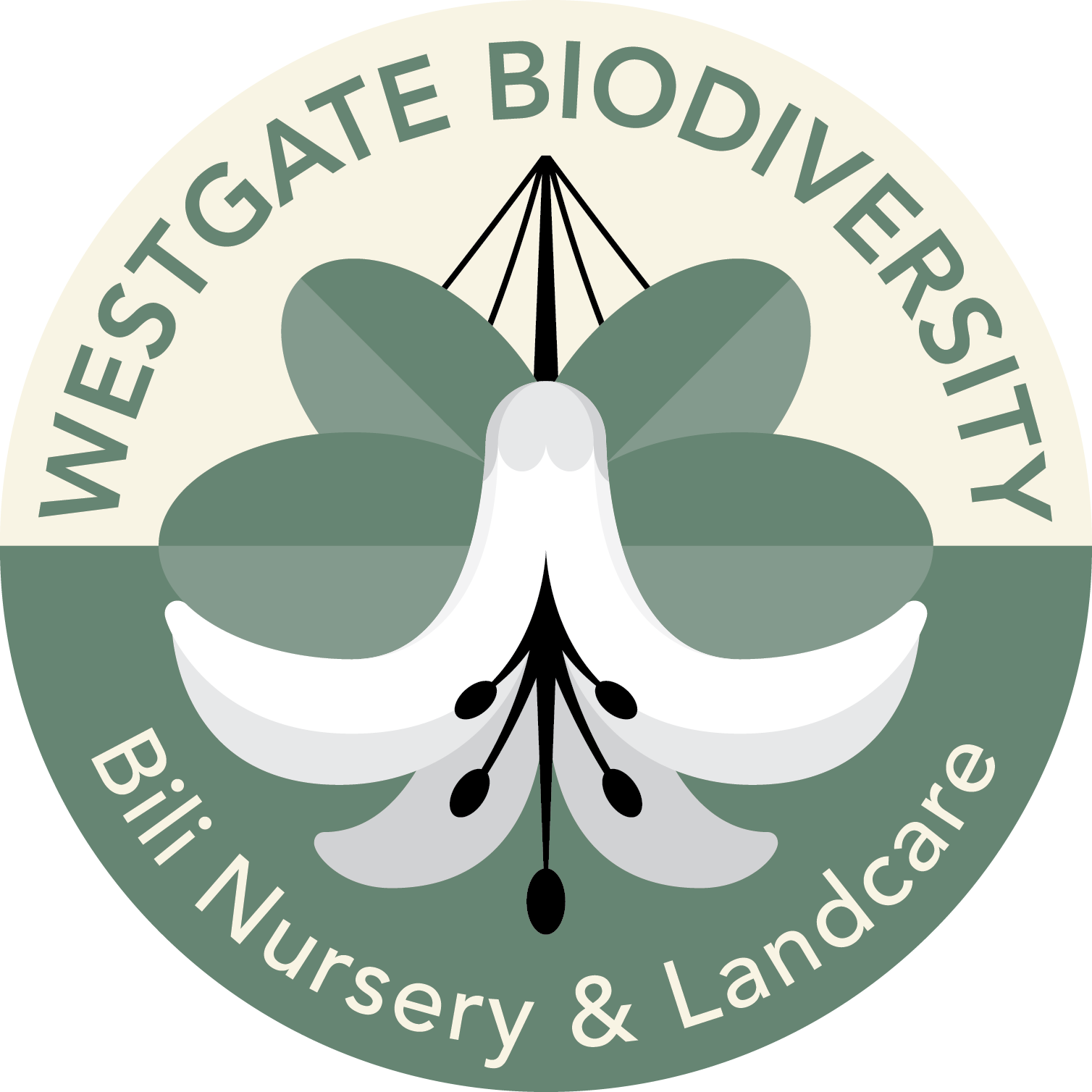7 Apr bird survey

There has been very little rain over the last two months. However, both major lakes are low, but nowhere near the extremes experienced earlier this century when there was a ford linking the island to the mainland in the freshwater lake. The Salt Lake is brown in colour rather than the usual pink and has a considerable amount of what appears to be blue-green algae along the eastern shoreline. Chestnut Teal were feeding on this alga, sipping it from the surface.
Pied Stilts have apparently left the park for now, but overall waterbird numbers, especially Chestnut Teal have increased somewhat. The team was pleased to spot a female Musk Duck, possibly the same bird that has been in the park for two years or so. Welcome Swallows appeared more abundant, and there were several small groups of Grey Fantails. Brown Thornbills and Red-browed Finches are almost always recorded these days, and the two female Golden Whistlers also indicate the quality of habitat in the park. Spiny-cheeked Honeyeaters have returned for the cooler seasons.
The mistletoe introduction program has been successful across the park, but some will be lost due to their host trees (mostly acacias) dying in abnormally dry conditions.
Bat boxes are gradually being occupied, with two bat species recorded in recent months by the regular survey team formed specifically for that purpose. They are Gould’s Wattled Bat and Little Forest Bat. Noisy Miner numbers in the park were higher than usual but mostly restricted along the edge of Todd Road and in and around the CFMEU Headquarters.
